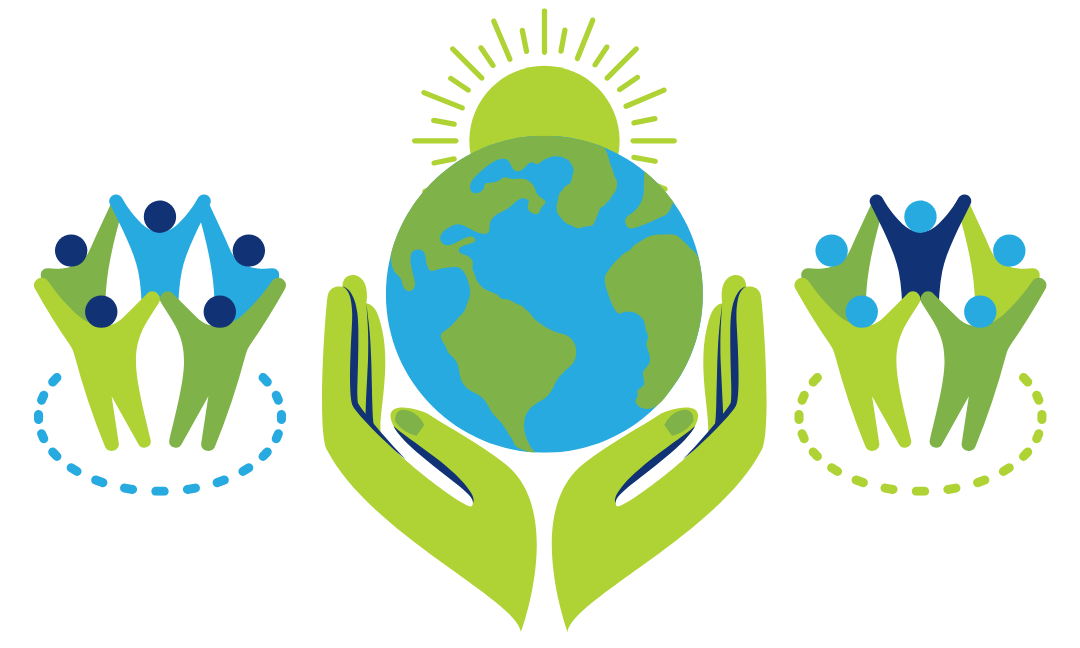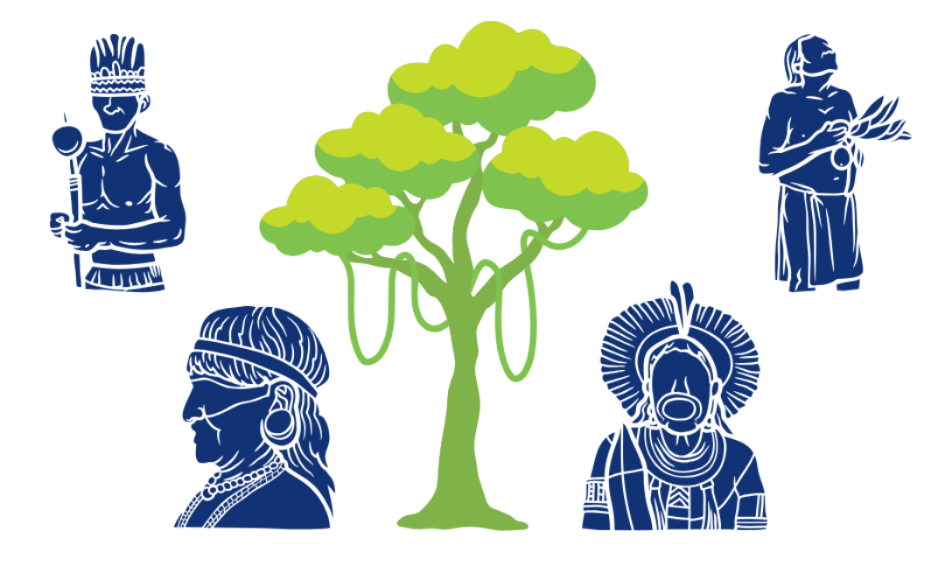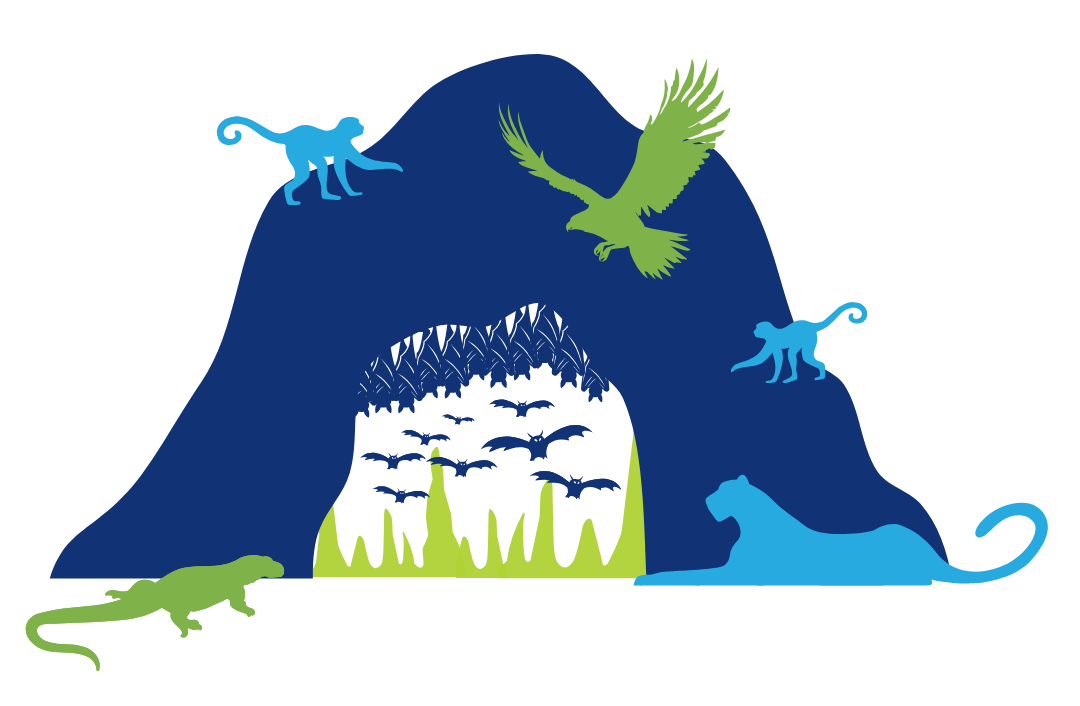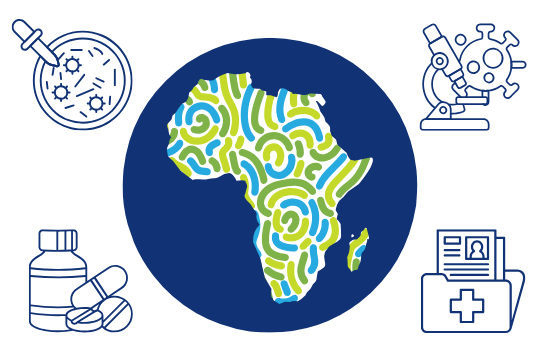
Most people don’t even think twice when they get an infection. Much of the time, the best treatment is simple: fluids and rest. Bacterial infections can be treated with antibiotics – a quick course of pills, maybe a week or 10 days, and you’re done.
But the rise of drug-resistant pathogens is changing that. These germs (viruses, bacteria, parasites, and fungi) have developed the ability to survive even the strongest of antimicrobial drugs. This phenomenon is known as antimicrobial resistance or AMR.
Drug-resistant infections just from bacteria play a role in close to five million deaths a year. That’s five million people. One of those people was a promising, intelligent young woman named Mallory Smith. An honors student, athlete, and writer, Mallory was just 25 when she died. She had cystic fibrosis, but what killed her was a superbug infection she had caught when she was 12. This happened even after getting a lung transplant.
Now Mallory’s mother, Diane Shader Smith, is telling her daughter’s story to the world. She wants people to know about Mallory and about the threat of antimicrobial resistance. She’s also collecting the stories of other people who have been made victims of this growing threat to humanity because she understands the difference stories make in ensuring people understand the gravity of antimicrobial resistance.
Listen as she tells One World, One Health about her daughter’s struggles and about her own hopes for the future of humanity.
Maggie Fox 00:00
Hello and welcome to One World, One Health where we take a look at some of the biggest problems facing our world. I’m Maggie Fox. This podcast is brought to you by the One Health Trust with bite-sized insights into ways to help address challenges, such as infectious diseases, climate change, and pollution. We take a One Health approach that recognizes that we’re all in this together and everything on this planet — the animals, plants, and people, and the climate and environment — are all linked.
One of the greatest threats to humanity right now is the rise of drug-resistant microbes — bacteria, viruses, and other pathogens that can defy the effects of the medications used to fight them. It’s known as antimicrobial resistance or AMR. Doctors, public health officials, politicians, and researchers are all working to find ways to fight these germs. The United Nations is holding a meeting devoted to the problem with all this going on, it’s easy to forget how these infections affect people, drug resistance kills millions, but it kills them one person at a time. One of those people was Mallory Smith of Los Angeles, California.
Mallory was just 25 when she died in 2017 from an infection caused by a mutated version of a bacteria known as Burkholderia. Mallory had cystic fibrosis (CF), a genetic disease that puts people at great risk of infections like the one that killed her.
In this episode, we’re hearing from Mallory’s mother, Diane Shader Smith, who started an effort to gather the stories of people like Mallory. Diane, thank you for joining us.
Diane Shader Smith 01:44
My pleasure.
Maggie Fox 01:46
Diane, can you tell us a little bit about Mallory?
Diane Shader Smith 01:48
Well, she was extraordinary by all external measures. She was a straight-A student in high school and a three-sport varsity athlete. She gave the speech at her graduation was the prom queen and was beloved by all. Then she went on to Stanford University and studied human biology. Her specific interest was in the intersection between human and environmental health. While she was at Stanford, she played club volleyball. She decided she wanted to change the world significantly and was hoping to do field research, but when her doctors told her she could not, she wrote a book. It was a publication of the National Wildlife Federation called “ The Gottlieb Native Garden: A California Love Story,” That was one way we came to understand how good and important her writing was. Her professor at Stanford, who advised her senior thesis, Sue McConnell, said Mallory was one of the best writers she had seen at Stanford in 20 years. So, then she was off and running with her writing.
Maggie Fox 02:43
Wow, you must have been so very proud of her. I am so profoundly sorry for your loss.
Diane Shader Smith 02:51
Well, she did that in between 67 hospitalizations, with each one ranging between weeks or months. She was quite determined. I think when you understand that your life might be cut short, it can provide an impetus to do what you want. So, she wrote for 10 years in her journal and kept it private, and that became the basis for the advocacy work that I do using the messages that she left for me, as my platform.
Maggie Fox 03:18
How old was Mallory when she was diagnosed with cystic fibrosis?
Diane Shader Smith 03:24
She was born with the disease and diagnosed at three. There were symptoms, but many doctors missed them, and even after the doctors told me to terminate a six-month pregnancy because of a cystic fibrosis diagnosis, I went back to her pediatrician and said, “I think Mallory has it”. The doctor said “No”. Then I took her to five other specialists, and all those doctors said, “No, Mallory doesn’t have it.” I said “I wanted to have her tested,” and we found out. She was 3 at that point.
Maggie Fox 03:51
This is a disease that does not necessarily make kids sick all the time, but it does put them at risk of these infections that we are talking about.
Diane Shader Smith 03:59
Well, cystic fibrosis is like cancer. In that there are all different manifestations — some people get a cancer diagnosis at stage zero, and they have a procedure, or they take medication, and then it’s gone, and some people die of cancer.
It’s the same thing with CF, it’s always been a life-altering, life-shortening, life-limiting disease before they had a new drug that has extended the lifespan for many. Most of the kids died young, — the age started at five and then went to 10 and 15, and the median age. I think now, it’s 40. Mallory was colonized by resistant bacteria that changed the trajectory. That’s when things got bad for her.
Maggie Fox 04:42
When you say, colonize. What does that mean?
Diane Shader Smith 04:46
That means the bacteria takes up residence in your lungs and does not leave. So even though you use antibiotics to suppress and get rid of the bacterial cells, they remain inside of you, and they are pushed back (treated using antibiotics), and they come up (they grow again). It is not a case where you eradicate them — they live there, and that is why they use the word “colonized”. And remember, I’m not a doctor, scientist, or mom. So, what I know is from picking up things along the way, not from any formal study.
Maggie Fox 05:16
So, because of her genetic condition, Mallory was taking antibiotics for many years.
Diane Shader Smith 05:23
Oh yes! They put you on antibiotics immediately, and you inhale them when you are healthy, you take pills until the pills stop working, and then you start with Intravenous (IV) antibiotics. Then when one IV medication does not work, they layer on another. Sometimes the synergistic effect of different medications provides relief. So eventually, the bacteria outsmarted the antibiotics, as it often does, and Mallory succumbed to her disease. This happened after the transplant when they had given her brand new, pristine lungs, the bacteria came back.
Maggie Fox 05:56
So she went through a lung transplant that was traumatic in and of itself.
Diane Shader Smith 06:02
Yes, it is lifesaving but also a catastrophic thing to go through. I watched her suffer in ways that were unimaginable to me before. Had I not seen it with my own eyes, I would not believe how difficult it can be.
Maggie Fox 06:15
So, when did you know that Mallory’s infection was not going to be cured?
Diane Shader Smith 06:20
Well, when Mallory was officially labeled as colonized by Burkholderia cepacia, she was 12 at the time, her doctor told us that the trajectory of her life had changed. He explained that there were three paths for people who got cepacia. One of them was they got it, and they died quickly. One of them is they get it, and they have peaceful coexistence, and the other is they get it, and they have about 10 years where the lung function just goes down and down. And because of the intervention and the wonderful medical care she got, she lived 13 years, so she surpassed the norm for people who fell into that category of “it does kill you!”
Maggie Fox 06:56
So, she must have hated having to undergo this treatment.
Diane Shader Smith 07:01
Well, she grew up with the disease, and so she started doing treatment at the age of three, and yes, she did hate it, and when she was nine, at one point, she said she was not going to do it anymore. We went through a period where she had a little bit of rebellion, but that is when we explained to her that her disease was fatal and that if she did not do it, she would not live long.
She got used to it (later). She lived a very happy life. She found love, had friends, went to Stanford, and wrote a book. It just kills me that she didn’t live to see Salt in My Soul: An Unfinished Life, or Diary of a Dying Girl get published, or the documentary obviously about her that came after she passed, because she would have been blown away by the impact that she had.
Maggie Fox 07:38
Can you please tell us that you mentioned that she left behind a diary and made it clear that she did want people to learn from her story?
Diane Shader Smith 07:46
Yes, in her life, there were a lot of her stories that she did not want to share because it was humiliating or uncomfortable and she did not want to be pitied. She did write a blog for a while, and did get feedback along the way from everyone who read her writing, — that she was a wonderful writer. She did leave instructions for me in her journal to publish after her death. So that is what I did. I started looking on the day of her memorial for things to say about her in her own words. That is when I realized, “Oh, there’s 2500 pages here, and I need to do something with this.”
Maggie Fox 08:18
In what way? Can you tell us a little bit about it?
Diane Shader Smith 08:22
Whenever her friends would come around, I would be in the room in the corner, washing her gear, sterilizing her equipment, changing her bed, bringing her food, (doing) all the different things you do when you help a patient with a chronic illness so that they can live more in their real life.
She would ask her friends about their lives and would hear about their travels, and she always had a smile on her face and asked lots of questions, but in the journal, she wrote about how painful it was when people would come and talk about their camping trip, which she couldn’t go on because there was no electricity or pulling an all-nighter for a test that they had (but) when that if she did that, it would land her in the hospital.
Maggie Fox 08:55
So, Mallory has left a legacy, and you are explaining to me how telling stories does help. It is more than just raising awareness, you can raise money and make an actual difference.
Diane Shader Smith 09:06
Yes, I speak to medical students. Last week, I was at Harvard Medical School talking to first-year students on the first day, because her insights as a patient are helping those who work in medicine, understand patient care ways (and tell them) that those serving in the medical field can do better and more. We use her book to teach young people about antibiotic stewardship because we need to educate the next generation.
Dr. Dominique Monet, the head of the European Centre for Disease Prevention and Control (ECDC), says that one of our key responsibilities is to teach the next generation about antibiotic stewardship and, most importantly, AMR in general, since people do not understand.
And what’s happened by sharing her story? I’ve learned so much about AMR! I am often the only person in the room who is not a doctor, a researcher, a scientist, or someone who really, truly understands (medical science). But I’m able to see where the communication problems are, where are the issues that we need to explain to those, not in the inner circle of AMR because they have no idea of what this crisis is, what it has done, what it will do, and why we need to care about it?
Maggie Fox 10:15
Now you have started Global AMR Diary. What do you hope to achieve with that?
Diane Shader Smith 10:22
I started as Mallory’s spokesperson. She had written for 10 years, and since she was not here to speak for herself, I felt I had to do it for her. When the documentary came out, and in the trailer that the filmmaker Will Battersby put together — Mallory says, in her own words, “I’ve become resistant to the antibiotics,” and people that work in the AMR space saw it and thought, Mallory could be a good face to put to it, because we don’t have a face. Actor Tom Hanks put a face to diabetes, Magic Johnson put a face to HIV and AIDS. Angelina Jolie put a face to the BRCA 1 gene and breast cancer. But we don’t have an international spokesperson for AMR.
For five years, I traveled the country and the world talking about “Salt in My Soul: An Unfinished Life,” and it did well. It educated doctors. I spoke to a women’s group; we taught antibiotic stewardship to young people. There were so many different issues including, patient insights over and under, medicating, AMR, and phage therapy (a treatment for bacterial infections that uses viruses called bacteriophages), and then I also learned that people who tell their stories get people to understand in a way that they don’t, by hearing statistics.
So, it occurred to me that the World Health Organization (WHO), the Centers for Disease Control and Prevention (CDC), the Partnership to Fight Infectious Disease (PFID), the Biotechnology Innovation Organization (BIO), and many different groups, were collecting patient stories and were putting them on their websites, but they were sort of living in obscurity.
I thought that we should have a Global AMR Diary, and it gave me a reason to talk more about Mallory’s diary differently, and that was important to me. So, I approached the people I work with at the WHO, CDC, ECDC, BIO PFID, and all these different groups and everybody said yes!
Six months ago, I gave a talk to the European Commission, and I mentioned the idea of a Global AMR Diary and I said, “I really want to do this.” Afterward, a man from the WHO named Dr. Danilo Lo-Fo-Wong, just reached out to me through LinkedIn, and he said, “You should!” and “(let me know) if I can help in any way.”
He gave me the impetus and empowered me to take this initiative. Then I went to Michael Craig, who works with the CDC, and I reached out to Jennifer Atkinson Burke at the PFID and Emily Wheeler from BIO, all these different people that I have gotten to know along the way. I said, “Can you help (me) do this?” And they all came together.
Trust me, it is not easy to bring together international global public health leaders and get them to agree on a press release, or on putting a quote in. It’s challenging, because they have their protocols and their approvals, and no money was changing hands.
I had to make sure that it was very clear that nobody was profiting. So, it was a Herculean effort on everybody’s part. Dr Dominique L. Monet at the ECDC was very supportive, and having those big organizations put their stamp of approval on an idea is why it happened. I mean, the idea itself was just to take the work that these other groups had done already and put it together and remarket them.
I’m a marketing expert, so I understand the value of marketing, and the idea was to create this global diary. I think the big difference for me is that now everybody understands what works within AMR and that patient stories do make a difference. But it’s more than just patient stories, it’s the caregiver stories, people like me who’ve had the losses. It’s the medical providers who are trying to save the lives of their patients who have resistant bacteria. We need to hear their stories, the impact and toll it takes on them, and then the biotech innovators, the people who are moving the needle in terms of what they’re doing, try to find solutions because it’s not easy.
Maggie Fox 13:51
Diane, that is some story and you must still be so proud of Mallory. Thank you for joining us and thank you for sharing your story and Mallory’s story.
Diane Shader Smith 14:03
Oh, it’s my pleasure. Thank you.
Maggie Fox 14:06
Listeners. If you enjoyed this podcast, please share it. You can learn more about this podcast and other important topics at onehealthtrust.org and let us know what else you’d like to hear about at [email protected]. Thanks for joining us.
Guest
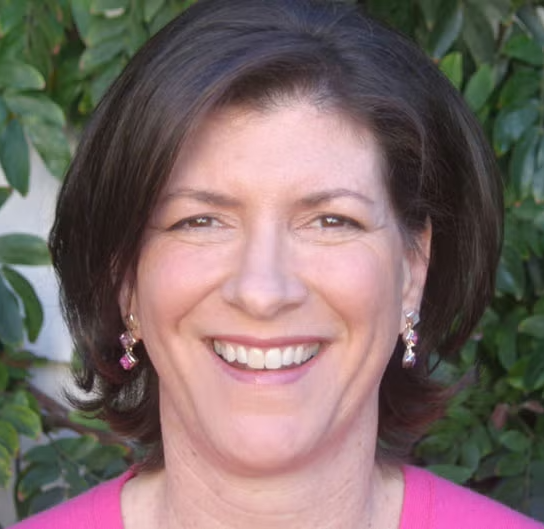
Diane Shader Smith has had a vibrant career as a writer, speaker, publicist, and fundraiser. Since her daughter, Mallory Smith, died at age 25 from an antimicrobial-resistant infection secondary to her cystic fibrosis, Diane’s work has centered around Mallory’s posthumously published memoir, Salt in My Soul, which later was adapted into a documentary of the same name and a young adult book entitled Diary of a Dying Girl. Diane has traveled the world speaking about her daughter’s writing and experiences, sharing insights about living with chronic illness, the patient experience, organ transplants, and antimicrobial-resistant infections.
Credits
Hosted and written by Maggie Fox
Special guest: Diane Shader Smith
Produced and edited by Samantha Serrano
Music composed and sound edited by Raquel Krügel
Transcript edited by Namitha Prabhu



